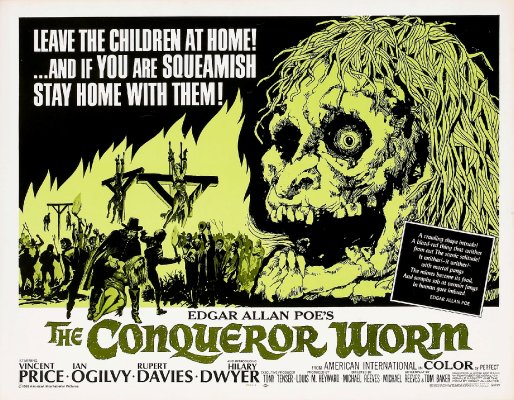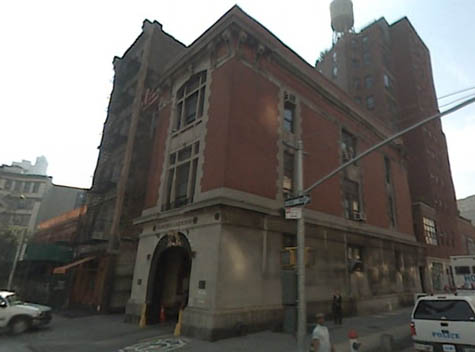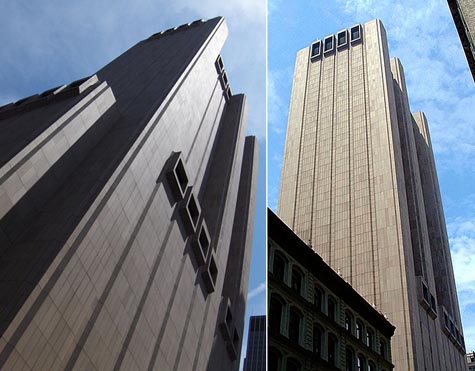I should have included this in A Burglar’s Guide to the City: a magical procedure used “to open every Kind of Lock, without a Key, and without making any noise,” whether you’re dealing with individual padlocks or entire prisons, taken from a 15th-century grimoire called The Book of the Sacred Magic of Abra-Melin, the Mage, translated by Samuel Liddell MacGregor Mathers.

The book also includes spells to demolish architecture and for detecting stolen and missing objects, all operating by way of linguistic grids and ritual repetitions. A kind of supernatural Sudoku.
On a superficially related note, I spent a day several years ago going through Aleister Crowley’s papers at the Harry Ransom Center at UT-Austin—boxes, folders, and envelopes stuffed with, among other things, hand-drawn magic squares similar to those seen here, alongside journals and typed works by Crowley and his colleagues.

Of course, the idea of magically-assisted burglary crews hitting buildings across central Texas—or, for that matter, here in Los Angeles where I live—suggests way too many plot possibilities to consider in one blog post.
Bank heists using magic-number grids, cued to the names of angels, to get past alarm keypads; infrastructure-obsessed criminals drawing black stars across maps of precious metal vaults and nearby stormwater networks; an introverted art-school grad painting medieval symbols on the backs of padlocks and walking away with millions; etc.

To this, I’ll briefly add that I studied Latin in both Middle and High School, where our teacher actually lived in his room—a story for another day—a wood-paneled chamber lined with floor-to-ceiling book shelves and marble statues everywhere, including a stained glass window overlooking our school’s back quad. But, amongst all those books, from Catullus to Ovid and beyond, was a shelf devoted to vampirism, lycanthropy, and witchcraft—including titles by Samuel Liddell MacGregor Mathers (translator of the book seen here). I used to spend hours reading through that stuff—witch trials, premature burial, people cursed to wander the Earth alone for eternity.
Perhaps needless to say, it was a liberal arts school. In fact, surreally, both Bradley Cooper, the actor, and Tyler Kepner, a baseball correspondent for the New York Times, went there, although I was ultimately kicked out before my junior year for writing an underground magazine that I published with a friend, using his mom’s photocopier.
In any case, The Book of the Sacred Magic of Abra-Melin, the Mage includes dozens of spells, if you’re into that sort of thing, although it was really just the magical locksport material that caught my eye.

 [Image: Photo by Brian Harkin for
[Image: Photo by Brian Harkin for  [Image: Promotional poster for the otherwise unrelated film
[Image: Promotional poster for the otherwise unrelated film  [Image: The original fire house from
[Image: The original fire house from  [Image: 33 Thomas Street, via
[Image: 33 Thomas Street, via